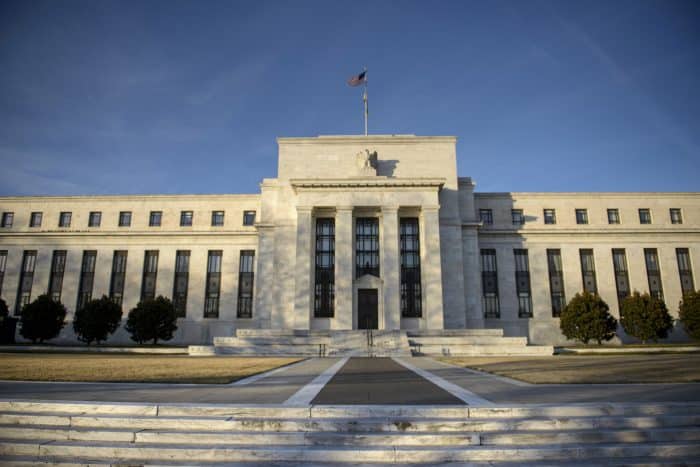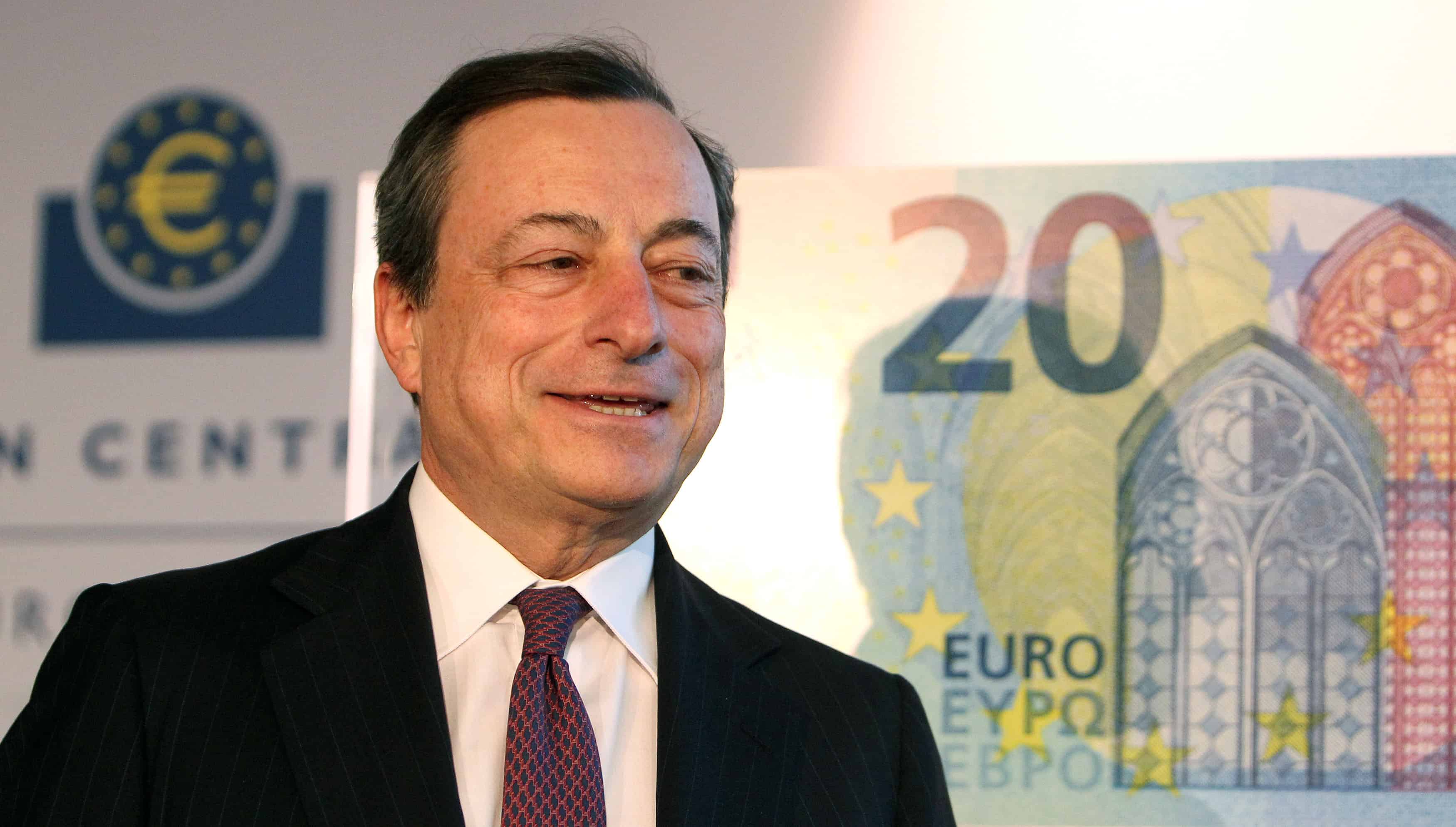WASHINGTON, D.C. – For those in the United States, the next summer is looking like the best time to take that European vacation you’ve been thinking about. That’s because the euro has already fallen to a 12-year low of $1.06, and should keep falling for at least another year. In fact, it shouldn’t be long until the dollar is worth more.
A brief history
The last time the dollar was worth more than the euro was all the way back in December 2002, just three years after the common European currency came into existence. But in the years after that, the euro gained strength as the continent imported less and exported more. The euro soared to an all-time high of $1.59. It was enough that, in 2007, former U.S. Federal Reserve Chair Alan Greenspan wondered if the euro would replace the dollar as the world’s reserve currency — in other words, the benchmark that everyone uses in case of emergency. Even supermodel Gisele Bundchen reportedly insisted on being paid in euros rather than dollars. That’s quite a consensus. But it turns out that these reports of the dollar’s death were greatly exaggerated. Since then, the euro has fallen 24 percent against the dollar in less than a year, and made everyone forget its grand ambitions.

What happened?
Robert Frost can help us here. Two monetary policies have diverged in, well, not a wood, and Europe has finally taken the path well traveled by. Specifically, to boost Europe’s extraordinary weak economy, the European Central Bank (ECB) is buying bonds with newly printed money, aka quantitative easing, while the Federal Reserve is far enough along that it’s getting ready to raise rates. That means interest rates are falling, sometimes into negative territory, in Europe, and, at least on the short end, rising in the U.S.
Think about it like this. Would you rather buy a German 10-year bond that pays 0.25 percent or a U.S. 10-year bond that pays 2.1 percent? Investors, especially big European ones, are answering that by moving their money out of euros and into dollars. And voilà, the euro has fallen from $1.39 last year to $1.06 today.
The simpler way to think about this, though, is that the U.S. economy is in a lot better shape than Europe’s. Unemployment is 5.5 percent here and falling fast, while it’s 11.2 percent there and barely falling at all. Now a stronger economy should mean a stronger currency, because it needs higher interest rates to keep inflation in check — which should make it a more attractive place to put money.
But, as Europe has found out, the opposite isn’t true. Higher rates don’t make your economy strong if it’s actually weak. And even though that will push your currency up in the short run, it will make it fall even more in the longer one. That’s the mistake the ECB made — twice, actually! — in 2011, when it raised rates to fight some fleeting oil inflation. The result was a double-dip recession that almost tore the common currency union apart, and has only just ended. To make up for that, the ECB has had to do more than it otherwise might have, cutting interest rates into negative territory and buying €60 billion of bonds a month. The euro, in other words, is falling so much more today, because it didn’t fall like it should have yesterday.
The U.S., meanwhile, has been printing money like it should have, at least most of the time. It started Quantitative Easing in 2008, expanded it in 2009, restarted it in 2010, and re-restarted it in 2012 with a promise to keep going until unemployment came down. It worked. Now all these starts and stops are why the dollar kept going up and down and up again these past few years, but now that it’s over, it’s only going up. Indeed, the Fed is done buying bonds, and, unlike almost every other central bank, is preparing to raise rates. That’s pushed the dollar up against every currency, but especially the euro now that the ECB is printing them.

How low will the euro go?
That depends on how much, if at all, the Fed raises rates, and how long the ECB buys bonds. On the one hand, there’s no sign of any inflation or bubbly behavior that would force the Fed to raise rates. But on the other, the Fed has been pretty clear that it wants to start normalizing policy in June because unemployment is already normal-ish. And on top of that, New York Fed President William Dudley has even said they might have to hike rates in quick succession if long-term rates don’t go up too — which seems pretty likely with Europe’s low bond yields pushing ours down. The ECB has promised to keep buying bonds until at least September 2016, and even longer than that if inflation is still too low. Now Europe’s inflation numbers are already picking up a little bit, but, as The New York Times’ Paul Krugman points out, markets seem to believe it will be a good while longer before Europe’s economy — and by extension, its monetary policy — is anywhere close to normal. Add it all up, and Deutsche Bank expects the euro to keep falling to $0.90 by the end of 2016 and $0.85 by the end of 2017.
So now you know when to buy those plane tickets.
O’Brien is a reporter for Wonkblog covering economic affairs. He was previously a senior associate editor at The Atlantic.
© 2015, The Washington Post






